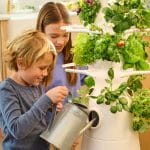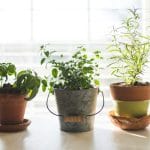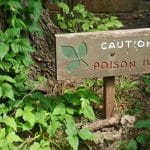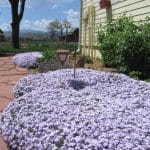Growing from Seed: Tips, Tricks, and a Few Hard Lessons
Guides In The Garden Seeds
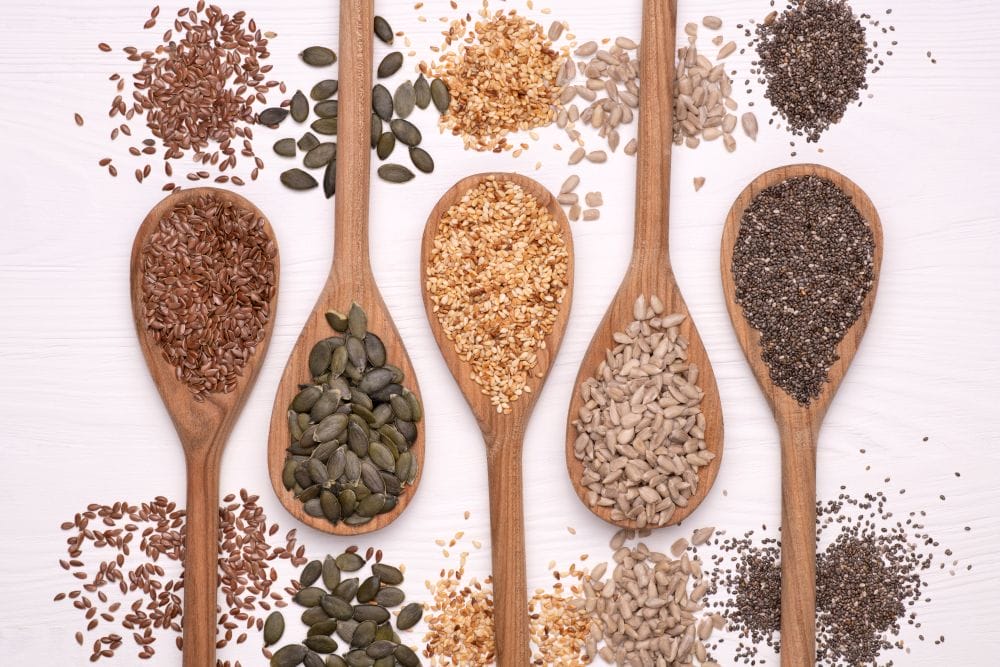
I used to think starting seeds was something only serious gardeners did. Like you had to have a greenhouse, or some kind of PhD in photosynthesis. But one winter, stuck inside and itching for spring, I grabbed a packet of heirloom tomatoes, a tray, and some old potting soil — and that was that.
Let me tell you — those first seedlings were leggy, half-fried under a desk lamp, and maybe three survived. But I was hooked.
Growing from seed is a little like baking bread. A bit finicky at first, but once you get the hang of it? It’s magic. Here’s what I’ve figured out after more seasons than I can count, and more failed germination trays than I care to admit.
Why Grow From Seed Instead of Buying Plants?
The short answer? Variety, cost, and timing.
When you start from seed:
- You get to grow weird, wonderful varieties you’ll never see at the nursery (like purple carrots or lemon cucumbers).
- A packet of seeds costs less than a single transplant.
- You control when and how they’re started — which matters if your last frost date is all over the place like mine is.
Also, there’s something downright satisfying about watching a tiny, sleeping speck of a seed turn into a full-on tomato jungle.
What Kind of Soil Do You Need to Start Seeds?
This is one of those spots where people overthink or underthink. I’ve done both.
The goal is light, fluffy, and clean.
Seed-starting mix should hold moisture without staying soggy, and it should be fine-textured so those baby roots can push through.
Store-bought options:
- Look for mixes labeled “seed starting” — these usually contain peat moss or coco coir, perlite, and vermiculite.
- Avoid anything labeled just “potting mix” — it’s often too chunky or rich for new seeds.
DIY mix (if you’re scrappy like me):
Here’s a homemade version I’ve used with good results:
- 1 part sifted compost
- 1 part coco coir or peat moss
- 1 part perlite or vermiculite
- Optional: a handful of worm castings
Sift out big chunks — the smoother the better. Seeds don’t like wrestling with bark chips.
How Long Do Seeds Take to Sprout?
Ah, the question we all ask 24 hours after planting.
Truth is, it depends on the plant, temperature, and moisture. But here’s a rough guide to calm your nerves:
| Plant | Germination Time (Days) |
|---|---|
| Radish | 3–5 days |
| Lettuce | 4–7 days |
| Beans | 7–10 days |
| Tomatoes | 5–10 days |
| Peppers | 10–21 days |
| Basil | 5–10 days |
| Parsley | 14–28 days (yep) |
| Carrots | 10–21 days |
If nothing’s up after the outer range (and you’ve kept things warm and moist), time to peek under the soil and see what’s going on. I’ve dug up trays before to find every seed rotted. Other times? Surprise — just slowpoke.
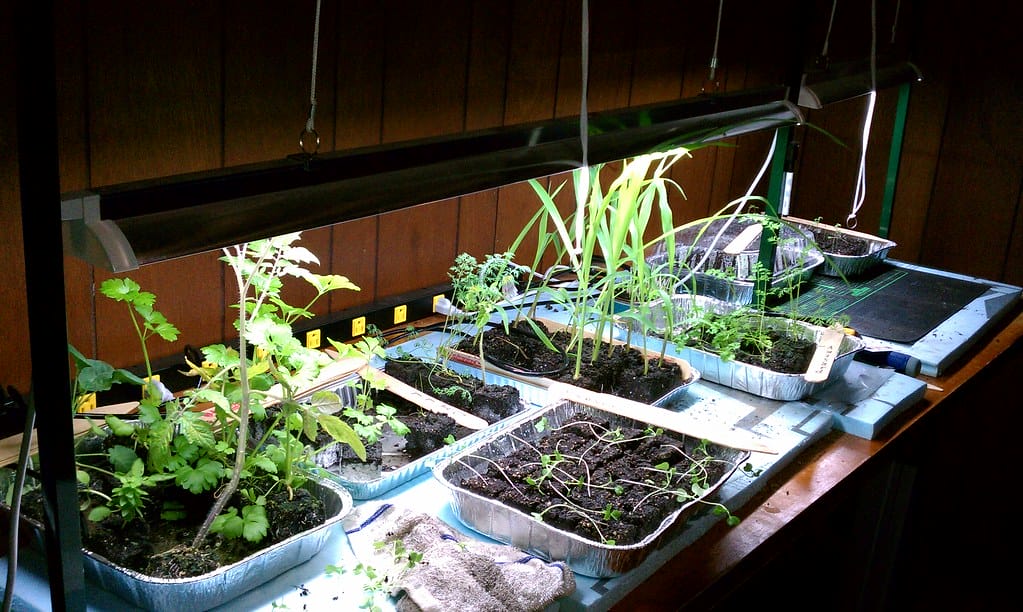
Do I Really Need a Grow Light?
Short version? Yes, if you’re starting indoors. Windowsills just don’t cut it unless you’ve got a south-facing one that blasts light all day long — and even then, seedlings will stretch like they’re chasing a UFO.
A cheap LED grow light on a timer (12–16 hours a day) makes all the difference. If your seedlings are tall and floppy, it’s a sign they’re desperate for more light.
I rigged mine up with zip ties and an old bookshelf. Nothing fancy. It works.
What’s the Deal With Hydroponic Seed Starting?
So here’s a little rabbit hole I fell down a few years ago: starting seeds in water systems — no soil at all.
If you’re into hydroponics, you can start seeds in:
- Rockwool cubes
- Coco coir pellets
- Foam plugs
- Or even folded paper towels (yep — the ol’ baggie method)
Once they sprout and grow roots, you pop them into a water-based setup with nutrients.
It’s fast, clean, and surprisingly fun. I grew an entire tray of lettuce in a homemade Kratky bucket last winter — no mess, just crisp greens and algae I kept forgetting to scoop. Hydro has its quirks, but it’s worth exploring.
How Deep Do You Plant Seeds?
A good rule of thumb? Plant seeds two to three times as deep as they are wide.
So teeny basil seeds? Just barely press them into the surface. Big old bean seeds? Those can go a half-inch deep or more.
Don’t bury seeds too deep. They’ll rot before they see daylight. Ask me how I know.
Tips That Actually Help (From Someone Who’s Messed Up Plenty)
- Label everything. You will forget.
- Bottom water your trays. Roots like it better, less mold on top.
- Don’t overwater. Seeds don’t need a swamp.
- Use a fan or crack a window. Airflow = stronger stems.
- Heat mats help peppers and tomatoes. Warm bottoms wake up slow seeds.
- Use trays with domes or make your own. Humidity helps in the early days.
And my favorite tip? Keep a notebook or photo log of what you planted and how it went. I’ve caught patterns that way. Like, “Oh yeah — spinach always fails in that south window. Try again.”
What I Noticed in My Own Garden
Some seeds just want to grow. Sunflowers, beans, zinnias — they’ll pop up like they’ve got somewhere to be.
Others? Need coaxing. Parsley, I’m looking at you. I once waited 26 days for a single parsley seed to sprout. By then I’d already declared the tray a failure and planted beets in it. Surprise!
I’ve also had odd successes — like lettuce growing in the cracks of my patio. And failures that make no sense, like squash that never made it past the cotyledon stage. That’s gardening.
Small FAQ: Real Questions From Curious Gardeners
Q: How do I stop seedlings from getting leggy?
A: More light and less heat. If they’re reaching like crazy, they’re under-lit.
Q: Can I plant seeds straight into compost?
A: Not the best idea. It’s often too rich and chunky. Mix it in, don’t use it solo.
Q: Do seeds expire?
A: Yep — though many last longer than the packet says. Do a germination test on a paper towel if in doubt.
Q: Can I start seeds in eggshells or paper pots?
A: You can — but make sure roots can escape. I’ve had plants get rootbound in cute containers. Learned the hard way.
Q: Is it okay to plant extras in each cell and thin later?
A: Absolutely. I almost always plant 2–3 per spot. Snip the extras once one takes the lead.
No neat wrap-up here — just this: if you’ve never started seeds before, try it. One tray. One sunny windowsill. One packet of seeds. Watch what happens.
And when that first little sprout breaks through the soil? You’ll see. You’ll be hooked too.
Let me know how it goes. Or if your parsley takes 26 days — I’d love the company.
Share this post
Table of Contents
- Why Grow From Seed Instead of Buying Plants?
- What Kind of Soil Do You Need to Start Seeds?
- The goal is light, fluffy, and clean.
- Store-bought options:
- DIY mix (if you’re scrappy like me):
- How Long Do Seeds Take to Sprout?
- Do I Really Need a Grow Light?
- What’s the Deal With Hydroponic Seed Starting?
- How Deep Do You Plant Seeds?
- Tips That Actually Help (From Someone Who’s Messed Up Plenty)
- What I Noticed in My Own Garden
- Small FAQ: Real Questions From Curious Gardeners
All categories
More From The Garden
Disclosure: This post may contain affiliate links. That means if you click and buy, The Bright Garden may earn a small commission, at no extra cost to you. We only recommend products we’ve vetted and believe will benefit our readers.

